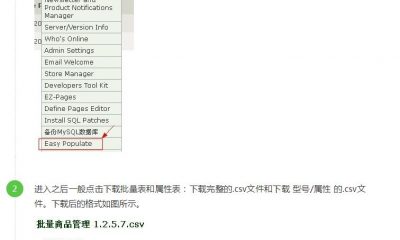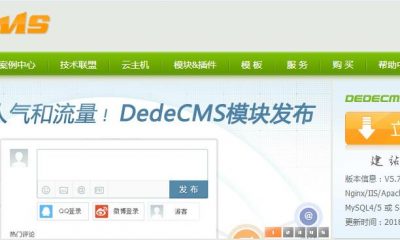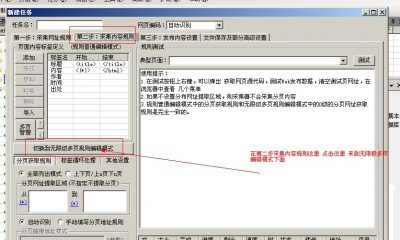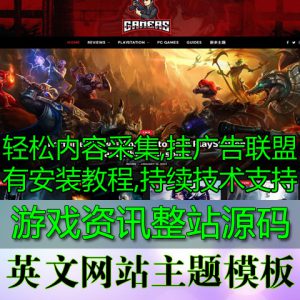今天我们通过一个实例详细讲解下Android下NIO非阻塞服务器的开发,对于客户端而言Android123不推荐使用NIO,毕竟NIO相对于传统IO较为复杂,最重要的NIO是为了解决多线程并发问题而解决的技术,可能会因为管理和复杂性降低最终的结果,毕竟NIO是Java的,相关的类型比较难控制,对于客户端而言我们可以使用C++、Java、C#甚至Flash Action Script来编写。
下面我们以一个简单的Echo Server为例子来分析
import java.io.IOException;
import java.net.InetSocketAddress;
import java.nio.ByteBuffer;
import java.nio.CharBuffer;
import java.nio.channels.SelectionKey;
import java.nio.channels.Selector;
import java.nio.channels.ServerSocketChannel;
import java.nio.channels.SocketChannel;
import java.nio.charset.Charset;
import java.nio.charset.CharsetDecoder;
import java.nio.charset.CharsetEncoder;
import java.util.Iterator;
public class Server {
public static void main(String[] args) {
Selector selector = null;
ServerSocketChannel ssc = null;
try {
selector = Selector.open(); //实例化selector
ssc = ServerSocketChannel.open(); //实例化ServerSocketChannel 对象
ssc.socket().bind(new InetSocketAddress(1987)); //绑定端口为1987
ssc.configureBlocking(false); //设置为非阻塞模式
ssc.register(selector, SelectionKey.OP_ACCEPT); //注册关心的事件,对于Server来说主要是accpet了
while (true) {
int n= selector.select(); //获取感兴趣的selector数量
if(n<1)
continue; //如果没有则一直轮训检查
Iterator<SelectionKey> it = selector.selectedKeys().iterator(); //有新的链接,我们返回一个SelectionKey集合
while (it.hasNext()) {
SelectionKey key = it.next(); //使用迭代器遍历
it.remove(); //删除迭代器
if (key.isAcceptable()) { //如果是我们注册的OP_ACCEPT事件
ServerSocketChannel ssc2 = (ServerSocketChannel) key.channel();
SocketChannel channel = ssc2.accept();
channel.configureBlocking(false); //同样是非阻塞
channel.register(selector, SelectionKey.OP_READ); //本次注册的是read事件,即receive接受
System.out.println("CWJ Client :" + channel.socket().getInetAddress().getHostName() + ":" + channel.socket().getPort());
}
else if (key.isReadable()) { //如果为读事件
SocketChannel channel = (SocketChannel) key.channel();
ByteBuffer buffer = ByteBuffer.allocate(1024); //1KB的缓冲区
channel.read(buffer); //读取到缓冲区
buffer.flip(); //准备写入
System.out.println("android123 receive info:" + buffer.toString());
channel.write(CharBuffer.wrap("it works".getBytes())); //返回给客户端
}
}
}
} catch (IOException e) {
e.printStackTrace();
} finally {
try {
selector.close();
server.close();
} catch (IOException e) {
}
}
}
}
上面是比较简单的框架,里面存在很多问题,Android123将在下次详细阐述下,上面或者说国内有关NIO资料中的通病,如果你看过Mina或GlassFish的源码,你可能就知道上面的问题大于10种,有关框架的bug占了大多数,作为服务器而言很容易CPU超过100%




























RSS